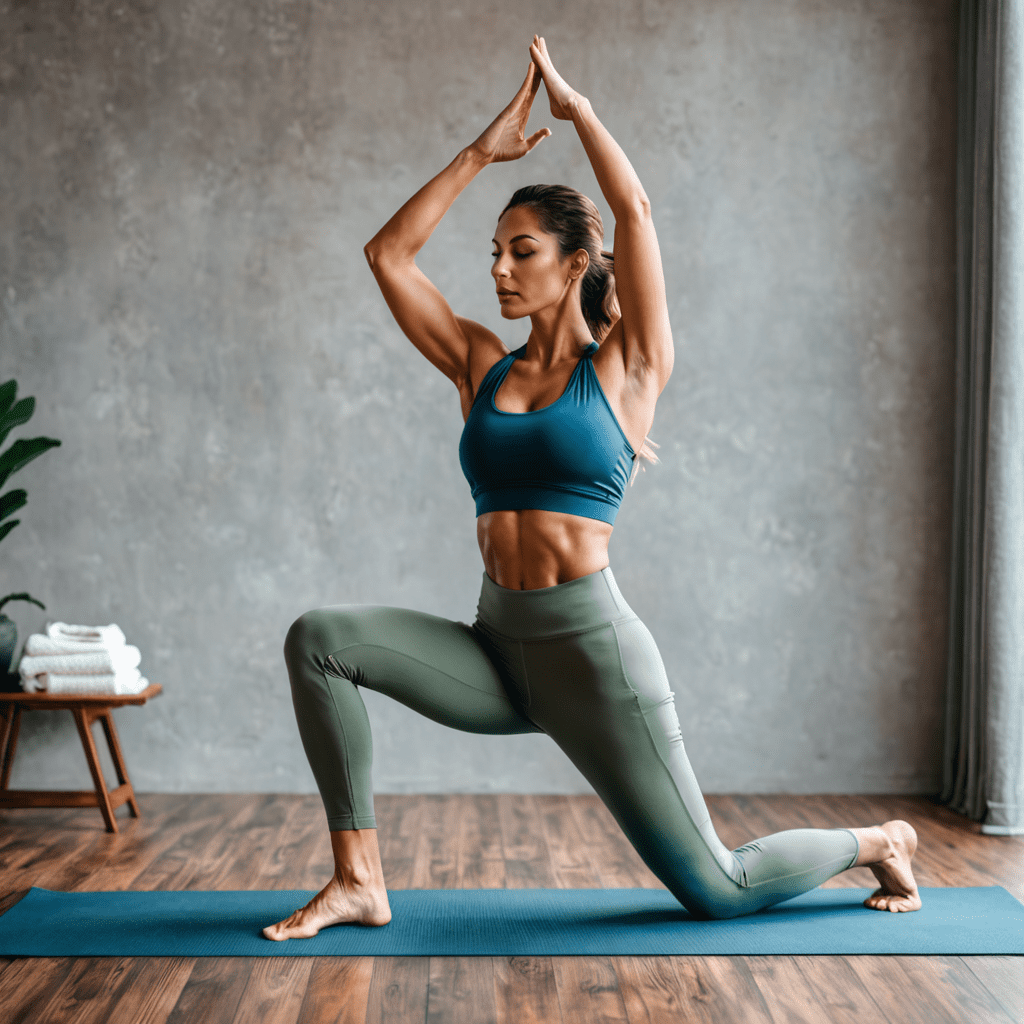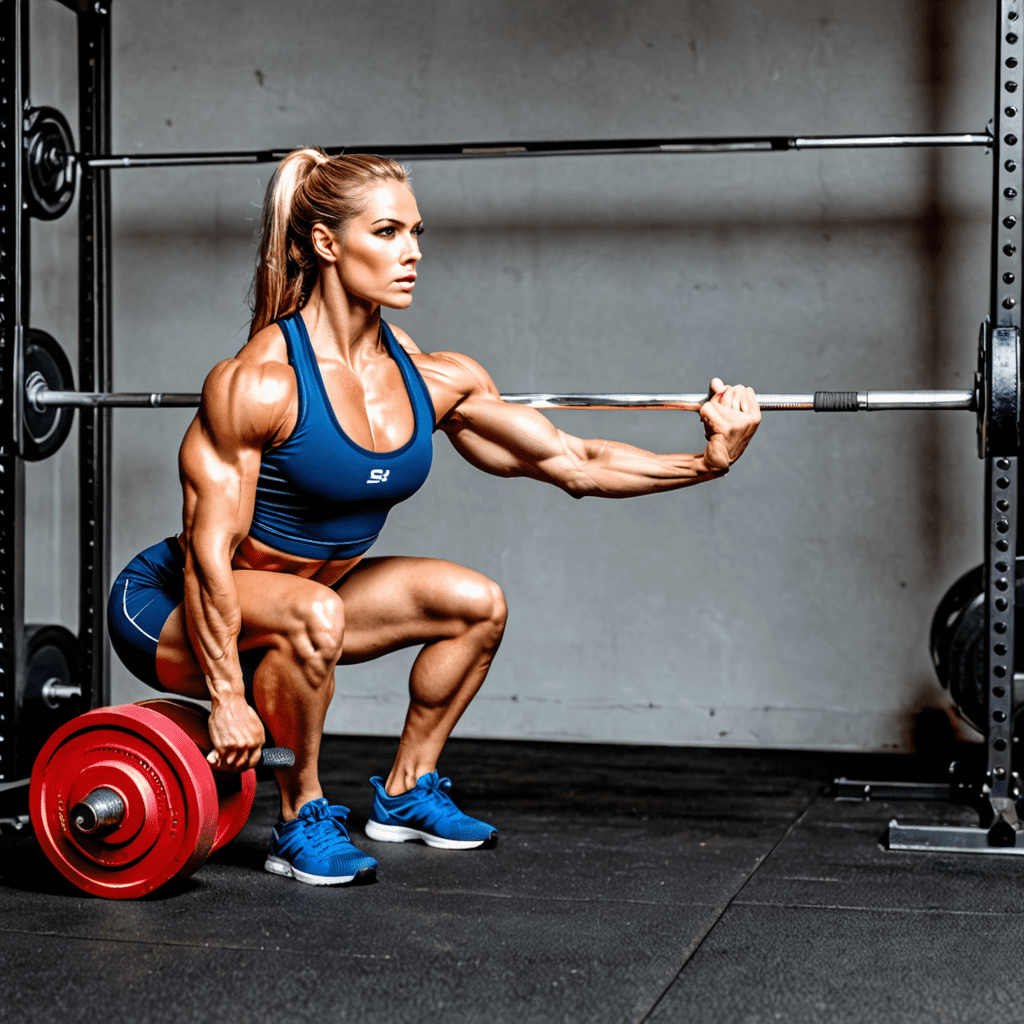
1. Introduction: The Link Between Posture and Athletic Performance
Good posture, often overlooked, plays a crucial role in maximizing athletic potential. It's not just about standing tall or looking good; it's about optimizing the body's mechanics for efficient movement and injury prevention. This article explores the intricate link between posture and athletic performance, helping athletes of all levels understand how proper alignment can unlock their true potential.
2. Understanding the Biomechanics of Good Posture
Imagine your body as a finely tuned machine. Good posture aligns the bones, muscles, and joints perfectly, allowing for optimal force transfer and efficient movement. Proper spinal alignment ensures a strong core and balanced weight distribution, facilitating powerful movements with minimal energy waste.
3. Common Postural Issues in Athletes and Their Impact on Performance
Athletes often develop postural imbalances due to repetitive motions, muscle tightness, or improper training techniques. Common issues like rounded shoulders, excessive lumbar curve, or forward head posture can lead to decreased power, reduced flexibility, and increased risk of injuries.
4. Assessing Posture: Identifying Areas for Improvement
Understanding your current posture is the first step towards improvement. Simple self-assessment techniques or consulting a professional can reveal postural imbalances. Analyzing movement patterns during training or competition can further pinpoint problem areas that require attention.
5. Strategies for Improving Posture
Improving posture requires a multi-pronged approach. Stretching tight muscles, strengthening core muscles, and practicing proper body mechanics during daily activities and training are essential. Specific exercises targeted at correcting postural imbalances can also be incorporated into the routine.
6. Impact of Improved Posture on Athletic Performance
Improving posture can have a profound impact on athletic performance, leading to:
Enhanced Power and Efficiency: Proper alignment maximizes force transfer, allowing for greater power output and improved efficiency.
Increased Speed and Agility: Optimal balance and weight distribution facilitate faster, more agile movements.
Reduced Risk of Injuries: Good posture aligns joints and muscles correctly, minimizing stress and reducing the risk of overuse injuries.
Improved Breathing and Stamina: Proper alignment allows for optimal lung expansion, enhancing oxygen intake and improving stamina.
Enhanced Recovery: Good posture promotes better blood circulation, facilitating faster recovery after training or competition.
7. Posture-Specific Exercises for Different Sports
While general posture exercises benefit all athletes, specific exercises tailored to different sports can further optimize performance. For example, swimmers can focus on shoulder mobility and core stability, while runners may prioritize hip flexor and hamstring flexibility. Consulting a sports-specific physical therapist or coach can help athletes identify and implement the most effective exercises for their needs.
8. The Role of Stretching and Flexibility in Maintaining Good Posture
Stretching and maintaining flexibility are crucial for good posture. Tight muscles can pull joints out of alignment, leading to imbalances. Regular stretching, particularly after training or competition, helps maintain flexibility and prevent muscle tightness from affecting posture.
9. Ergonomics and Injury Prevention: Creating a Supportive Training Environment
Ergonomics plays a vital role in maintaining good posture and preventing injuries. Using proper training equipment, maintaining a clean and organized training space, and ensuring proper lighting can all contribute to a supportive training environment that minimizes stress on the body.
10. Conclusion: Optimizing Performance Through Postural Awareness and Improvement
Optimizing posture is a continuous journey that requires awareness and dedicated effort. By understanding the link between posture and athletic performance, athletes can prioritize alignment, implement corrective strategies, and unlock their true potential. Remember, good posture is not just about aesthetics; it's the foundation for a strong, healthy, and high-performing athlete.
Frequently Asked Questions (FAQ)
Q1: What are the most common postural mistakes athletes make?
A: Some common postural mistakes include rounded shoulders, excessive lumbar curve (swayback), forward head posture, and uneven hip alignment.
Q2: How often should I perform posture-corrective exercises?
A: Aim for at least 2-3 sessions per week, focusing on stretching tight muscles and strengthening core and postural muscles.
Q3: Can poor posture be corrected?
A: Yes, with consistent effort and proper exercise routines, posture can be significantly improved.
Q4: What are the benefits of good posture beyond athletic performance?
A: Good posture can improve breathing, reduce pain, boost confidence, and enhance overall well-being.
Q5: Where can I find posture-specific exercises for my sport?
A: Consult a sports-specific physical therapist or coach for personalized recommendations. Online resources and fitness apps can also provide valuable guidance.

